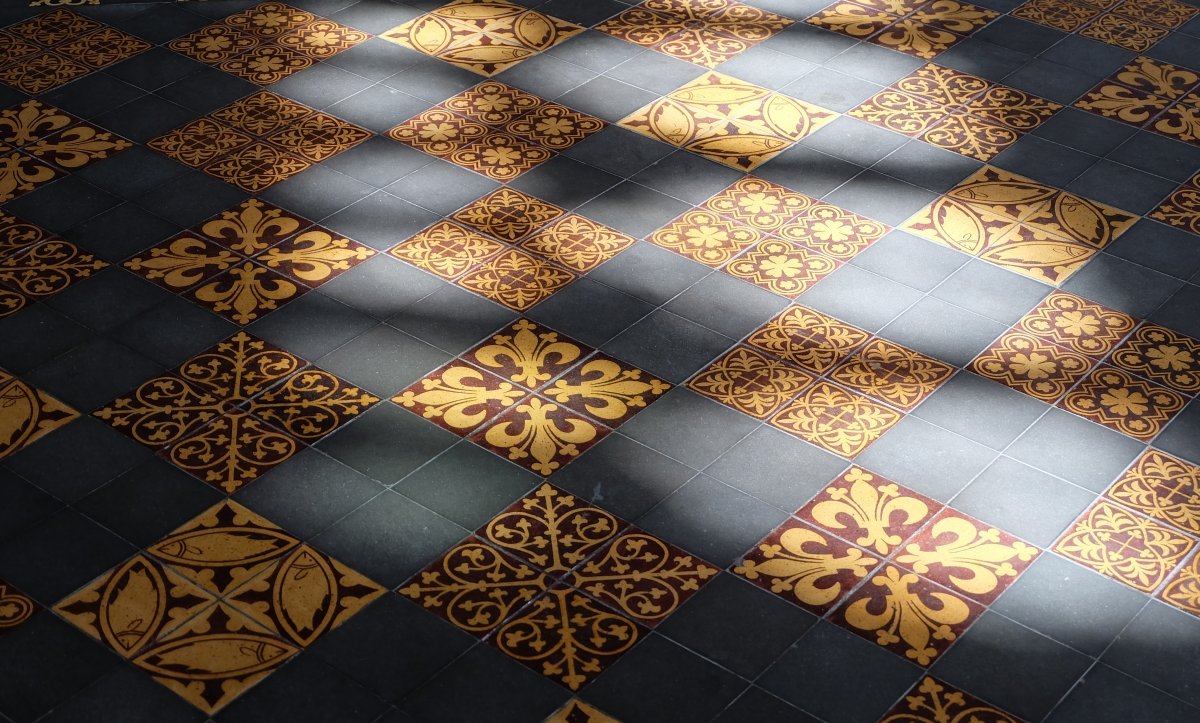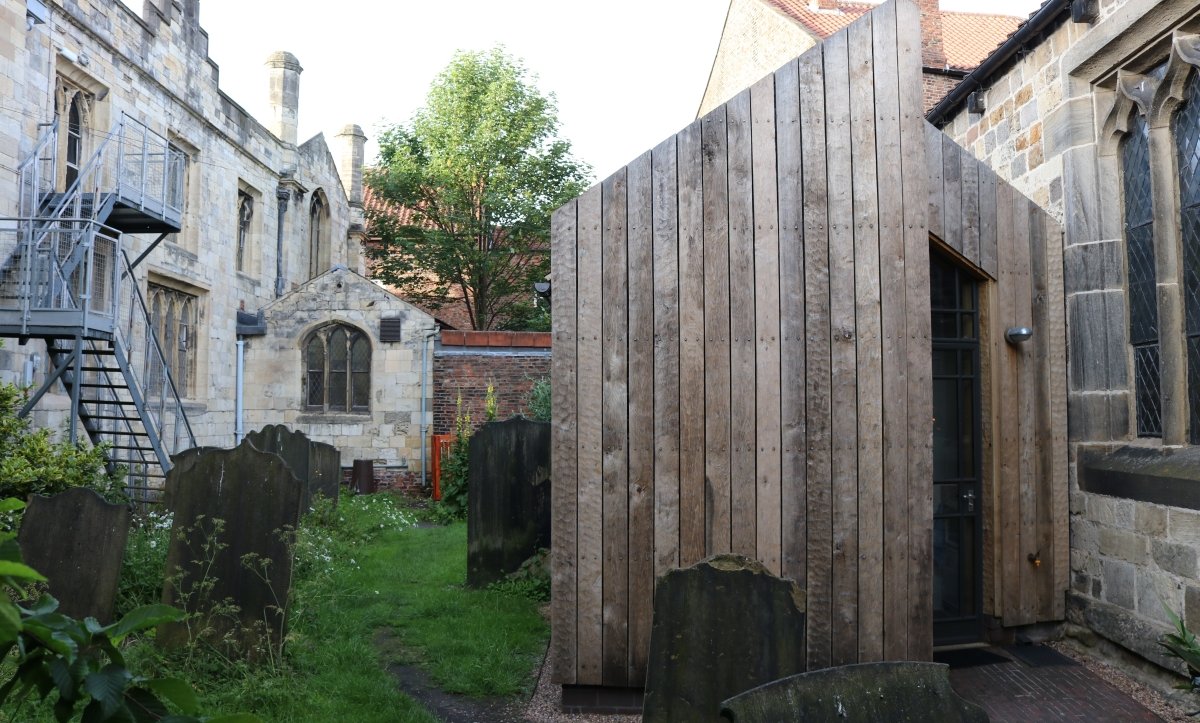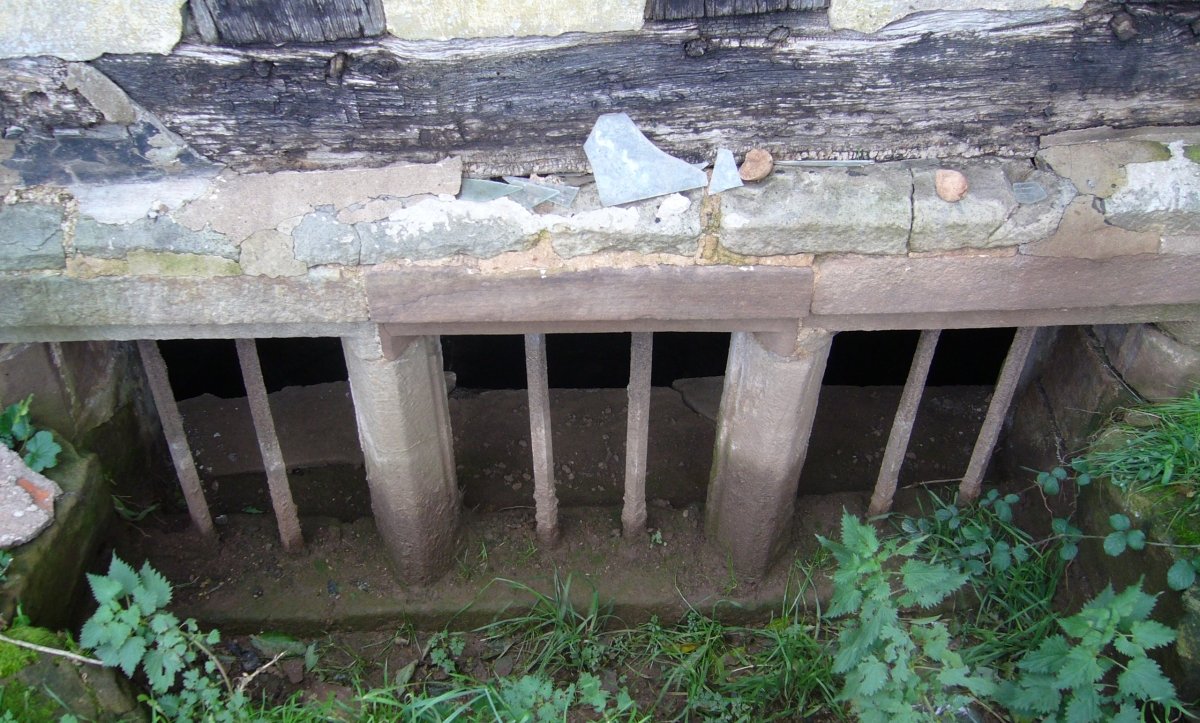There have been many recent schemes to install underfloor heating in places of worship and the SPAB is extremely concerned that irreversible damage is being caused to important historic buildings as a result. Installations are also often failing to meet user expectations. This document is intended to highlight considerations that should be borne in mind by those contemplating whether or not to install underfloor heating in a historic church. It is important that historic churches are used, cared for and survive. This will often result in a need for heating to provide comfortable conditions for users. However, there are many different potential heating systems and careful thought and design will result in an appropriate solution for most situations without significant loss of historic fabric.
Underfloor heating uses embedded pipes or cables beneath a finished floor so that heat radiates from floor level. Its installation will inevitably involve removal and loss of building fabric and finishes.
The floor in any church is an important element of its structure, one with which its occupants and users are in contact and which can often show subtle patterns of wear and use over generations. Formed from a variety of materials, floors can almost imperceptibly speak of age and the continual passage of others before us. It is only when historic floors have been destroyed that the significance of the loss is recognised by many, but by then it is too late.
An underfloor heating system may be concealed from view but it has a major invasive impact on the historic build-up of the floor and on adjacent architectural features, for example, the bases of pillars. The installation of such systems is highly inappropriate in historic floors, or where there are burials and archaeological remains due to the loss or damage caused. There are numerous existing publications that make these points but, in spite of this, many historic floors (and the archaeological remains below them) have been destroyed by the insertion of underfloor heating. The reasons for choosing underfloor heating in such situations, and against published guidance, are not clear.
When assessing the appropriateness of any form of heating the following items are amongst those that need to be considered:
- The inherent and collective significance of all elements of the church, including its fittings and archaeology.
- The interrelationship of floors with other parts of the church, including its internal fixtures and fittings.
- Regularity and frequency of use.
- Performance required of a heating system.
- Physical impact of a heating system on the existing church fabric and fittings.
- Appearance of the system and its visual impact.
- Cost of installation, including archaeological work and conservation of any elements that will need to be disturbed.
- Cost in use, which should include an assessment of the environmental impact of the installation.
- Future maintenance of the system.
- Life expectancy of the new system and further disruption/damage caused by renewal and repair.
The arguments for and against installation of underfloor heating need to be weighed up thoroughly prior to a decision to install this system. The principal advantages are that it can provide warmth over a long period with gradual warm-up and cool-down, and link well with renewable technology. However, underfloor heating is not appropriate in most historic churches and the disadvantages include:
- Destruction of historic fabric and, potentially, of fittings and of archaeological remains.
- High installation and running costs.
- The system is not appropriate for churches which are not in daily or frequent use.
- Slow response times to changes in external conditions.
- High repair and eventual replacement costs, with the likelihood that the floor will need to be disturbed again.
- Systems have a relatively short lifespan - particularly when seen in the context of that of the life of the building.
- Potential introduction of barriers to the natural evaporation of moisture over the full floor area of the church resulting in concentration of moisture in pillars, walls etc causing damage and decay.
The Society therefore urges anyone contemplating installing an underfloor system to firstly recognise and understand the significance of the existing floor(s) – their intrinsic interest, historical importance and the contribution they make to the building overall, as well as considering the potential impact on the remainder of the building structure. In historic churches, underfloor heating should only be considered in exceptional circumstances and where there is clear and completely convincing justification.



